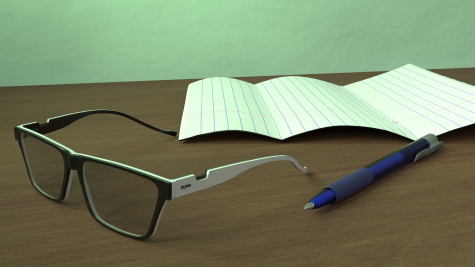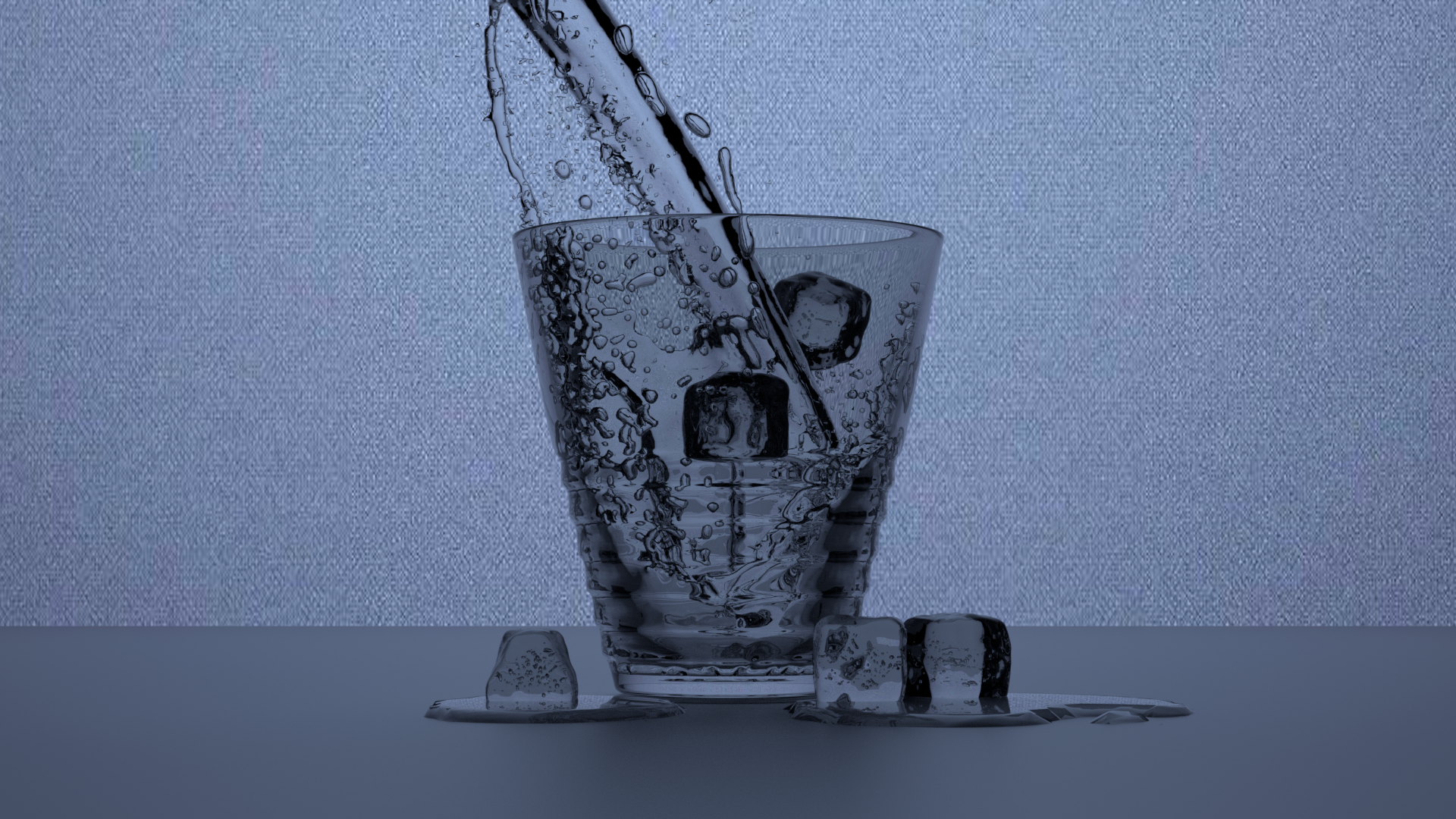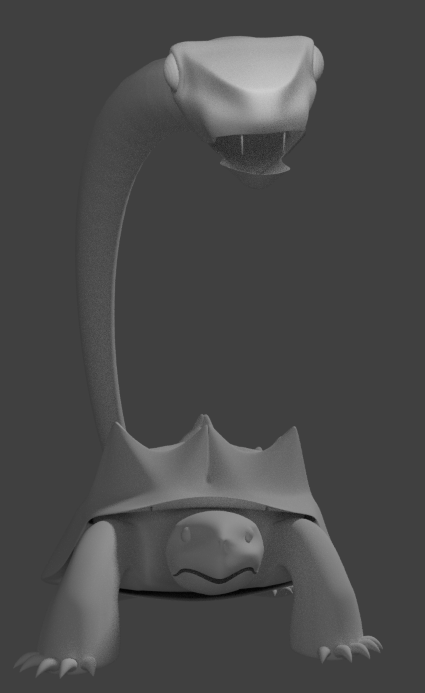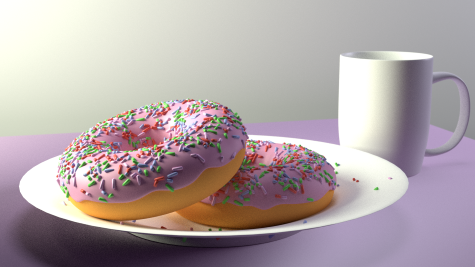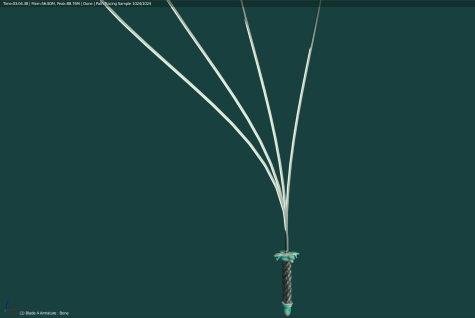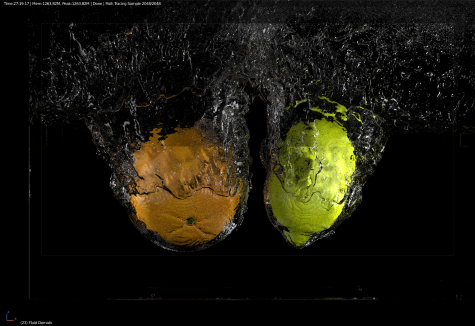I’ve still been practising using Blender ever since I finished that course earlier this year both through making stuff on my own and picking up lessons on YouTube. My own stuff is generally still pretty crappy, being mostly useless except as a learning exercise. I’ve had to scale down my ambitions quite a bit as making familiar, real world objects seem to more practical. Still, I’m pretty happy with the pace of my progress and it’s been lots of fun.
By far the best resource that I’ve found is the Blender Guru channel by Andrew Price. Even after learning the basics from the Udemy course, I’ve still found it highly worthwhile to start all over again from the beginning just to observe Price’s techniques for working efficiently. I still don’t quite get some of what he does. For example, the way he effortlessly selects just the bits of the mesh that he needs looks like magic to me. But plenty of his techniques are incredible, such as his heavy use of proportional editing in various modes combined with hiding bits of the mesh that he doesn’t want to change to create just about any shape that he wants. I’ve found that to be a lot more intuitive than fiddling around with the curve modifier.
Of course since Price actually makes money by selling textures on Poliigon, his work also heavily emphasizes textures made from photographs to achieve photorealism. I’ve spent some time on other videos teaching how to do procedural textures instead and my conclusion is that Price seems to be right. Procedural textures can sort of work but requires a lot of trial and error with the settings to get reasonable results and the slightest change to the lighting or the model can make them look weird. Textures made from photographs however just work every time and looks especially great when they’re packaged with normal maps and other neat stuff like Price to add all kinds of extra detail. It makes me feel like messing around with procedural textures is a huge waste of time. But of course making your own textures from photographs is a whole different skillset entirely and buying them costs money.
Similarly, I’ve been nonplussed by learning how using HDR environments is so much easier than creating lighting setups. I also really like how Price uses sculpting to add wear and tear to models rather than fake it with shaders. Working with fluid simulation is great fun and makes me feel like I can pretend to be real scientist. Anyway, let’s end this with some more renders, both my own work and worked exercises from the Blender Guru videos.
